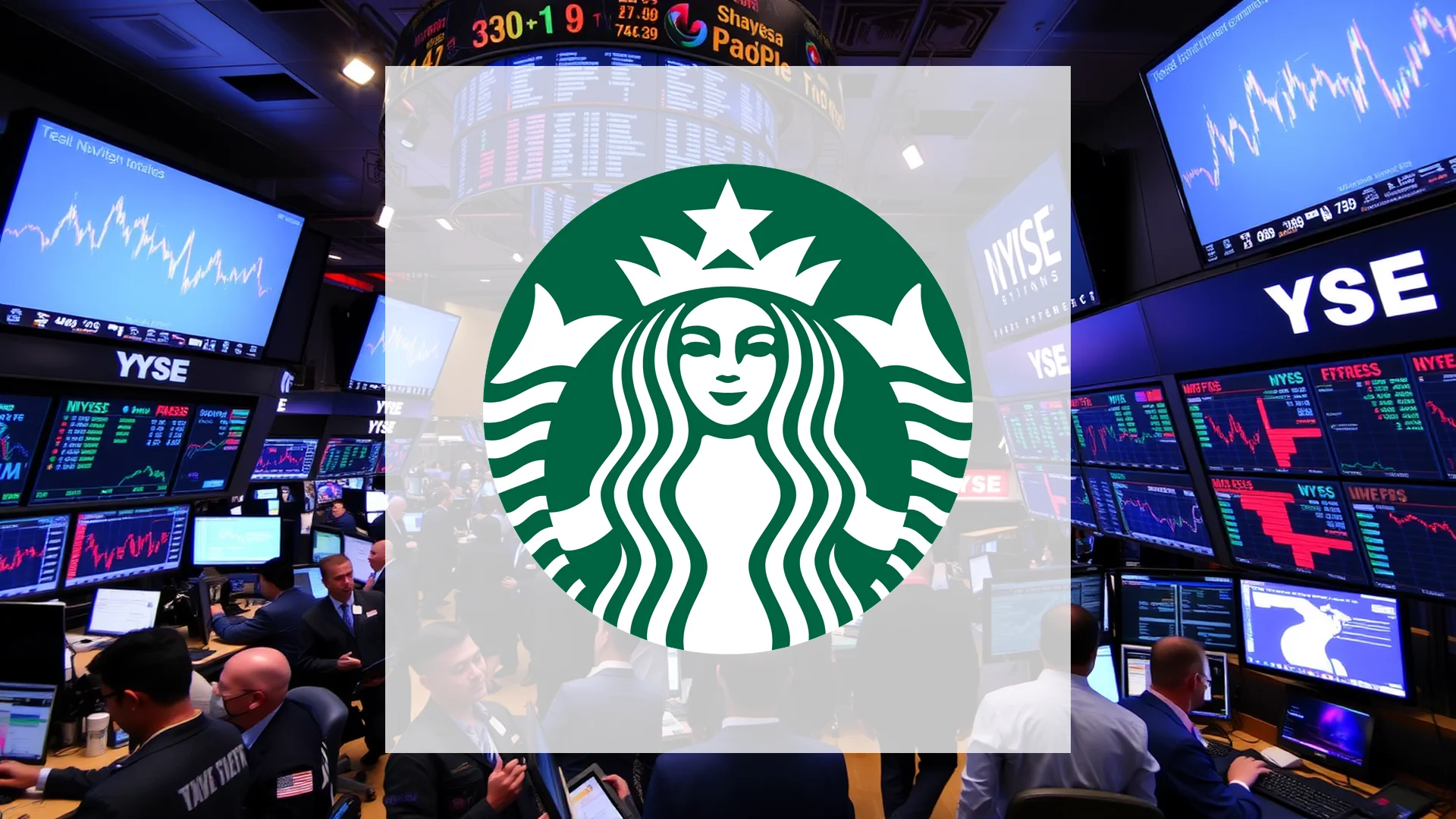The global coffee chain finds itself navigating turbulent waters as simultaneous challenges in its two most important markets threaten to disrupt operations. With a major strategic pivot underway in China and escalating labor tensions at home, Starbucks confronts what may become defining moments for its future trajectory.
Domestic Unrest Reaches Boiling Point
Back in the United States, labor relations have deteriorated significantly. The company now faces the prospect of its largest-ever strike, strategically timed for November 13 to coincide with the high-revenue “Red Cup Day.” Starbucks Workers United has identified at least 25 cities for potential walkouts, signaling widespread employee dissatisfaction.
The unionized baristas’ demands extend beyond conventional wage increases. Among their key concerns is securing the right to temporarily suspend mobile orders during peak hours—a clear indication that the company’s digital business model faces operational strain. While management emphasizes what it describes as “the best retail job in the industry,” negotiations appear to have reached an impasse with both sides firmly entrenched in their positions.
Strategic Overhaul in Chinese Market
Across the Pacific, Starbucks is implementing a fundamental shift in its approach to the world’s second-largest economy. In a landmark $4 billion transaction, the coffee giant will transfer majority control of its China operations to private equity firm Boyu Capital. This partnership values the Chinese business segment at over $13 billion, reflecting the company’s response to mounting competitive pressure from domestic rivals like Luckin Coffee.
The joint venture structure allows Starbucks to maintain brand oversight while shedding operational complexities. By collaborating with local expertise, the company aims to accelerate growth in the fiercely competitive market while simultaneously freeing up capital for other strategic initiatives.
Should investors sell immediately? Or is it worth buying Starbucks?
Financial Performance Shows Mixed Signals
Recent quarterly results present a contradictory picture. After seven consecutive quarters of decline, the company finally recorded positive comparable store sales, with overall revenue exceeding market expectations. However, this progress was tempered by adjusted earnings per share falling short of analyst projections.
The company’s operating margins continue to feel the impact of costs associated with the “Back to Starbucks” turnaround strategy. Investments in workforce development, technological upgrades, and store modernizations are beginning to yield revenue benefits, but the translation of these improvements into bottom-line results remains a work in progress.
Pivotal Week for Strategic Direction
The coming days will prove crucial for Starbucks’ near-term outlook. Key questions loom: Can the company avert widespread labor disruption? How will investors respond to the China strategy evolution? Will the hard-won sales momentum be sustainable?
With multiple challenges emerging simultaneously, the coffee chain’s leadership faces the complex task of managing crises on divergent fronts while maintaining strategic focus. The outcome of these parallel developments will likely shape Starbucks’ operational and financial landscape for quarters to come.
Ad
Starbucks Stock: Buy or Sell?! New Starbucks Analysis from December 21 delivers the answer:
The latest Starbucks figures speak for themselves: Urgent action needed for Starbucks investors. Is it worth buying or should you sell? Find out what to do now in the current free analysis from December 21.
Starbucks: Buy or sell? Read more here...










